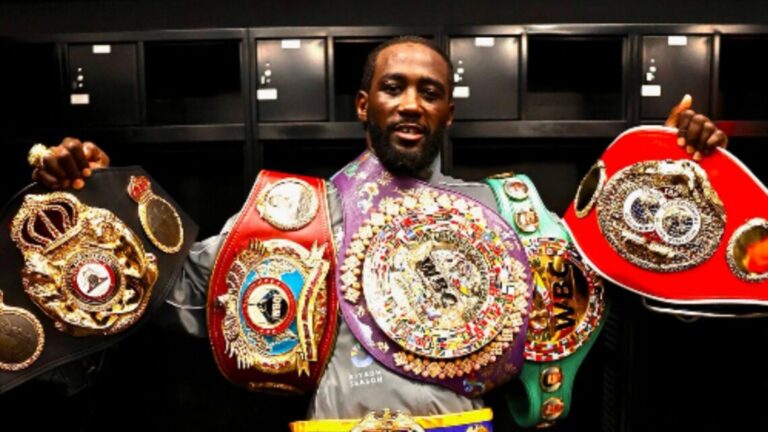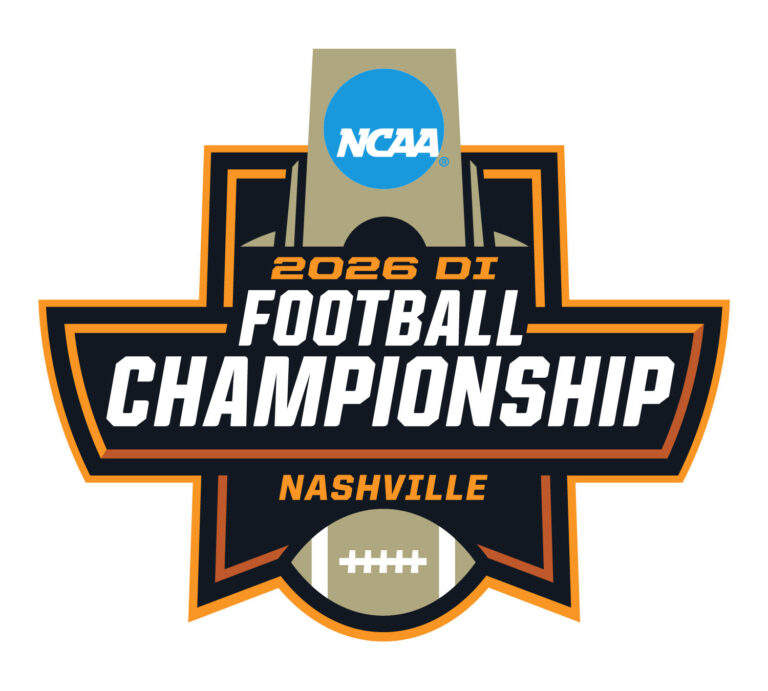
You spent days studying stats and patterns, you went through historical data, you read countless predictions by sports gurus, you planned the perfect bet, you ran the numbers through machine learning algos to double check the probabilities, and as soon as you actually placed your bet, a thunderstorm decided to roll in and make an absolute fool out of you and your research.
That’s sports betting for you. Even the latest predictive software, like AI-integrations, can be thrown off by the unpredictability of Mother Nature.
The weather has its own moods. No one can control it, and we still can’t predict it with 100% accuracy, as there’s always a margin for nature’s will.
It’s one of the opponents you can’t control, you can’t substitute, you can’t coach, you can’t even see it. But on its day, it could be your greatest rival. And yet, for years, live betting acted like it didn’t exist. The numbers moved depending on player stats, ball possessions, injuries, and goals per match (even if the match was called off in its fifth minute due to bad weather), but they didn’t move due to the sky itself.
Now, that’s changing, quietly—not because we wanted it to, but because it forced itself into the conversation.
The Invisible Player on the Field
There’s a kind of sweet arrogance in ignoring the weather. Maybe it was only meant to be used when betting was static—who will win the match, team A, team B, or will it be a draw? If you bet on a draw and the weather struck, you would win.
But live betting it’s a different animal altogether. It moves like the game moves. Who’ll score the next goal? A thunderbolt came. Match called off. No one scored the next goal.
And you? Only you know what you would do…
Every pass, every missed field goal, every delay shifts the odds by fractions. If that’s the reality, then ignoring the rain or temperature makes absolutely no sense.
The best bookmakers, the only ones you will find listed on AskGamblers’ newest sportsbooks, are now talking. They’re saying that the weather isn’t just background noise. It’s background noise. It’s live data. It’s measurable. It can be put straight through an algorithm and turned into smart odds and fair bets.
That isn’t innovation; that’s common sense that should have crossed everyone’s mind before they decided to offer live betting markets.
Football and the Wind Problem
Watch any single NFL or college game. Wind always ruins the plan. Quarterbacks adjust their throws, kickers pull up marginally short, and the offense quietly erases half of their playbook.
A ten-yard pass starts becoming risky. A field goal turns into a coin toss, and the entire betting line starts to shift, sometimes before the broadcast even mentions it. Which is why you must have heard of the flags from experienced bettors.
A ten-yard pass becomes a risk.
And here’s where live betting really gets interesting: You can see the adjustment happening in real time. The totals drop when the rain starts. Passing yards shrink as gusts pick up. Live odds move like leaves in the same wind that’s twisting the ball mid-air.
Weather doesn’t just play a factor. It dictates tempo. It writes the shape of the game.
Baseball’s Quiet Meteorology
Baseball’s a slower burn, but no less sensitive. Air density can change everything. Hot, dry air carries the ball over the fence while cold, damp air holds it short.
Visiting ESPN allows you to find actual breakdowns of how even minor changes in humidity can alter the home run probabilities. It’s science, not conspiracy.
In live betting, that data starts to mean something immediate. A shift in wind direction can tilt the over/under in seconds. You don’t need a weatherman to tell you what the odds already know.
For once, the math aligns with the ever-changing mess of reality, but only smart bettors know this.
Soccer, Mud, and Missed Passes
In the Premier League or the MLS, weather isn’t a subplot; it’s the main script, the one that decides the climax.
Rain slows the ball down on the ground and makes it wobble in the air. Wet turf turns the first touches into missteps. The ball becomes heavier, the pace drops, and a game that looked ready to open up suddenly clamps down.
Live betting responds instantly. Scoring odds start to tighten up, and corners, shots on target, and player performance metrics all start to shift.
Still, most fans think of the weather as some sort of bad luck. They do not see it as data or patterns, only the smart and seasoned bettors do. They know a wet pitch favors underbets and defensive play, and they adjust their bets accordingly.
You may call it instinct, but it’s observation, the same kind of observation live betting is trying to automate.
How the Systems Catch Up
As reported by multiple sports betting platforms, the tech behind betting is evolving faster than ever. Real-time weather feeds are already being pulled into automated models integrated with the sportsbook. Data flows in from local stations, stadium sensors, and even satellites. Models then crunch the numbers and start adjusting the odds.
These models don’t predict the weather; they adapt to it quietly.
They take current readings, temperature, wind, and precipitation, and they recalculate probabilities in seconds.
It’s still a work in progress. Algorithms still can’t feel the slick football or hear the crowd groan when a gust of wind turns a field goal wide. But they’re learning the same way the bettors always have—by getting burned enough times to finally pay attention.
So, Should it Matter?
Yes. It already does.
If you’re live betting and aren’t watching the forecast, you are essentially betting blindly. The sportsbooks aren’t ignoring it anymore, and neither should you.
Author Profile
Latest entries
 HockeyDecember 17, 2025Hometown Heroes Lead Vancouver Goldeneyes to Historic Victory Over Ottawa Charge
HockeyDecember 17, 2025Hometown Heroes Lead Vancouver Goldeneyes to Historic Victory Over Ottawa Charge SoccerDecember 16, 2025Golden Goal Glory: Harrison Bertos Lifts Washington to First NCAA Men’s Soccer Title
SoccerDecember 16, 2025Golden Goal Glory: Harrison Bertos Lifts Washington to First NCAA Men’s Soccer Title NFLDecember 16, 2025Freezing the Fish: Steelers Maintain Monday Night Magic, Eliminate Dolphins
NFLDecember 16, 2025Freezing the Fish: Steelers Maintain Monday Night Magic, Eliminate Dolphins NCAAFDecember 14, 2025Heartbreak in Baltimore: Navy Rallies to Edge Army 17-16 in Commander-in-Chief Thriller
NCAAFDecember 14, 2025Heartbreak in Baltimore: Navy Rallies to Edge Army 17-16 in Commander-in-Chief Thriller

 Steelersforever.org
Steelersforever.org





